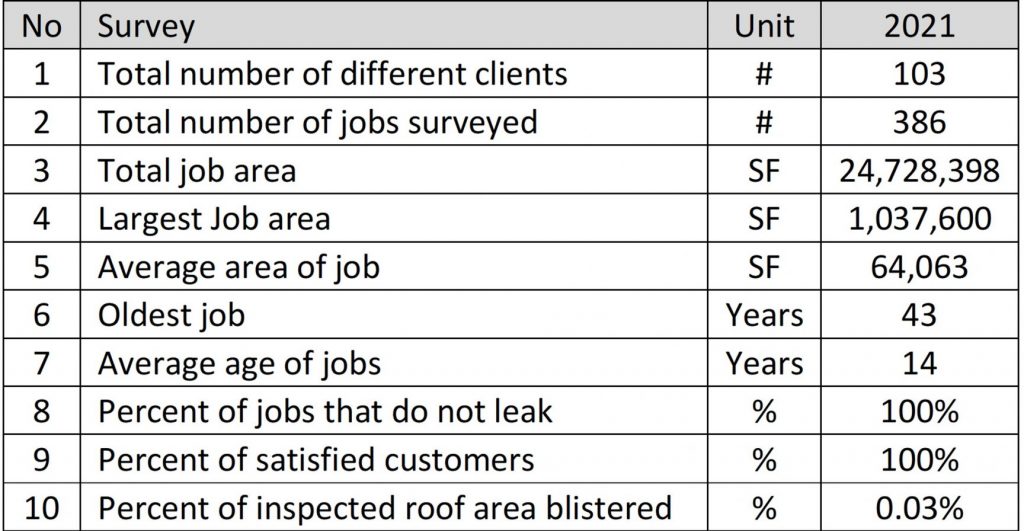
24 Nov 5 Things Buyers Can Do to Leverage Performance Metrics
This is Part 2 of a Series about performance metrics. Read Part 1 here – How to Use Performance Metrics Effectively.
What are Performance Metrics?
Numbers are the universal language. They are the easiest and clearest way to measure something. For example, if someone asks you how many widgets you make every hour, and you tell them a number— there is not a lot of conversation needed to interpret that. Hence, when trying to measure performance, the best way to do it is using a performance metric: a number that measures the level of performance in a given area. When you look at a performance metric, it should allow you to quickly understand how well something is performing. It shouldn’t make you think—when you look at the number, you should immediately know what is being done.
Of course, there are many ways to incorrectly collect, use, or show performance metrics. In fact, most people use performance metrics incorrectly. We know this just by looking at the data. If performance metrics are being used accurately, then you can take two key actions:
- If performance is low, hold the people or organizations decreasing performance accountable for their work. This would then minimize litigation and help to ensure only people and organizations that can do the work attempt to do the work.
- Identify people and organizations that are high performing. This would then increase the performance of projects if high performing people and organizations are hired.
Unfortunately, this hasn’t happened in the last 20-30 years. In fact, the exact opposite has happened. The numbers show performance is at an all-time low, litigation is at an all-time high, and highly skilled and high performing workers are harder to find.
Who Wants to Use Performance Metrics?

businessman with financial symbols coming from hand
It is important to realize that not all vendors are enthusiastic about collecting and posting performance metrics. Logic tells you that posting performance metrics will create transparency and will clearly identify how well a vendor performs. Thus, only high performing vendors spend effort to track and share performance information on a project that quickly identifies its performance and who is accountable for the performance. Only a vendor that can deliver high performance would be interested. Lower performing vendors will be less willing to publicize their performance in a simple dominant manner. They are more likely to spend money on marketing—flashy pictures, catchy commercials, and smooth-talking people. Thus, when you find a vendor that is using performance metrics correctly or is interested in collecting performance metrics and posting them, it is a good chance you found a high performing vendor.
Example of Simple Metrics
A simple metric has to have a couple of characteristics:
- It must be non-technical. If it is technical, everyone won’t be able to understand it. Also, many times with a technical metric, the common person doesn’t understand the value of it. If people don’t understand the value of a metric, then it will be meaningless to them. For example, in construction they have a metric for material to identify how well it can resist heat from coming through it. This is called the R-value. Although, this is not as technical as other metrics, many people still get confused in what it actually means. What does an R-value of R-30 mean? Is it sufficient for what you need? It is tough to tell. However, if someone hears that one material will lower their electricity bill by $100 a month, that is a metric they quickly know what it means.
- The calculation of the metric must be simple. If someone cannot understand how the metrics was calculated, then they won’t believe it.
- The data must come from the source and be accurate or in other words someone must be able to verify it is accurate. For example, if you are measuring client satisfaction, but the evaluation doesn’t come from the people who are actually using the service, then the metric is not accurate and what it actually means gets more complex.
I first started learning about performance metrics when I became a roof inspector for a program that identified the best foam roofers in the United States. Foam roofs can be cheap, long-lasting, waterproof, and give your building a high level of insulation. However, it is a difficult system to install correctly, so if you don’t hire an expert, you might have a very poor performing roof on your hands. This program ensured that your foam roof would be high performing by using performance metrics correctly and requiring the contractors to have a certain level of performance to be in the program. Thus, instead of trying to use a warranty to protect the client, this program, simply measured the contractors’ performance, with simple metrics. The requirements were 98% customer satisfaction and 98% roofs not leaking. It also kept track of all of their roofs and showed the average age their roof would last, etc. See below for an example of the performance of one these contractors.
 There are very few programs like the Alpha program nowadays. It is hard to find programs and vendors that understand the importance of performance metrics and what to be able to ensure high performers are differentiated from low performers.
There are very few programs like the Alpha program nowadays. It is hard to find programs and vendors that understand the importance of performance metrics and what to be able to ensure high performers are differentiated from low performers.
5 Things Buyers Can Do to Leverage Performance Metrics
If you are a buyer and want to be able to differentiate high performing and low performing vendors and ensure all stakeholders are accountable for their work, here are 5 things you can do to ensure you leverage performance metrics:
- Ask vendors how they will measure their performance on a project/service.
- Describe your scope of work using metrics.
- Request vendors to show their metrics, explain how they will collect and use them, during selection.
- Do not accept any metric that you don’t understand.
- Require vendor to submit metrics throughout the duration of their project/service.
All of these actions are done during the selection phase of a project. These actions will setup your project/contract to ensure performance metrics are used right and bring transparency and accountability. If you are the buyer, it is of great importance that you remember the following:
- It is not your job to interpret what the vendor gives you. If you don’t quickly understand what they tell you, it is not good enough and you can assume whatever their plan with performance metrics is, it is not being done correctly.
- Minimize how much you say. The less you say, the more skilled your vendor has to be, and that is what you really want.
- Once the vendor explains things clearly, make sure you put it in the contract and require them to do it on the project.
Good luck on getting correct performance metrics on your project and if you have any questions, take a look these resources for more information:
- Free membership for latest tips and news: https://pbsrg.com/membership/
- For latest books, events, and licensed partners: https://pbsrg.com/resources/
- Latest BVA journal publications: www.cibw117.org/
- Annual Best Value Conference in January: https://bestvalueconference.ksm-inc.com/
- Latest presentations and videos: https://www.youtube.com/channel/UCxBi26nXLDTqG4ZRV6p0iiQ


